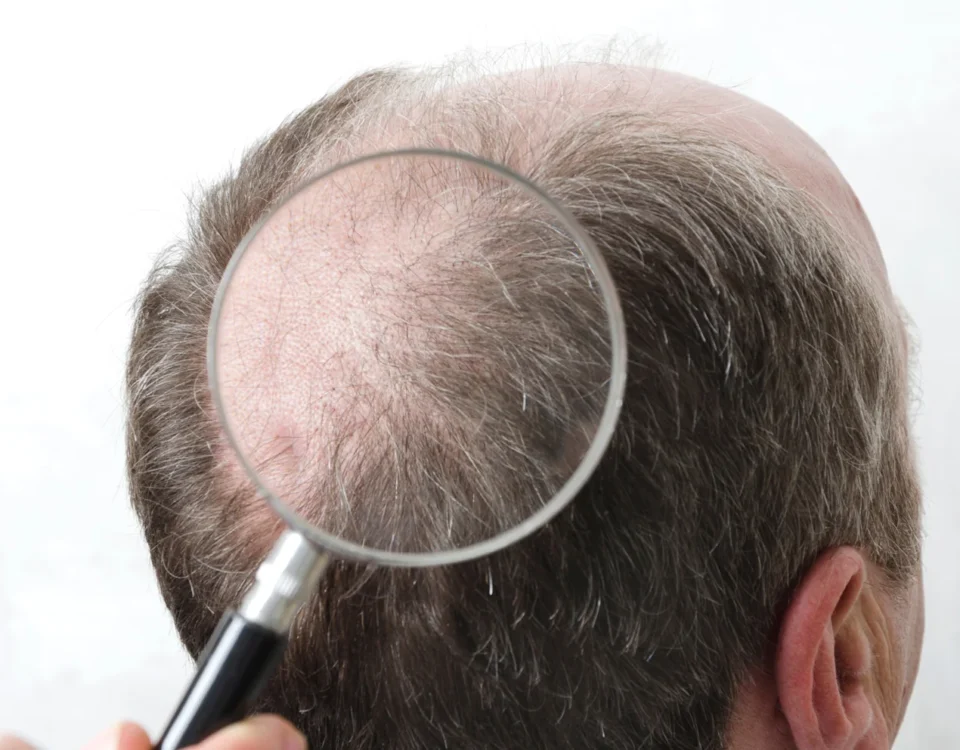
FUE Hair Transplant – Everything You Need to Know in a Nutshell
16 April 2024
Hair transplant free consultation
17 April 2024Many people wonder what a hair transplant procedure involves when they first consider it. Although it’s called a transplant, it’s not a procedure that typically involves complications or a lengthy recovery period. Regardless of the extent of hair loss, it can negatively impact one’s mood and self-esteem. Fortunately, this problem that affects so many people is no longer a barrier to aesthetic medicine. Hair transplantation has become an accessible procedure, and more and more people facing hair loss are choosing it. Before starting, it’s helpful to know the details of the procedure itself.
Preparation for a Hair Transplant
Before the procedure, a thorough medical examination is conducted to review the patient’s medical history, which is crucial for determining if the procedure is appropriate. Based on this, the doctor also assesses the extent of hair loss and the areas needing transplantation. After examining these areas closely with a videomicroscope or Trichoscan, the doctor selects the donor sites for the hair follicles.
Photographic documentation is prepared, and additional lab tests or consultations with other specialists may be arranged if necessary.
The first consultation should take place at least 2-3 weeks before the scheduled procedure. This allows time for the patient to follow specific recommendations provided by the doctor, such as taking certain medications, using specific products, or strengthening the donor area.
Following individualized pre-procedure instructions is key to a successful procedure and final results. Hair doesn’t need to be grown out before the transplant; in fact, it’s recommended to trim the donor area to about 2 mm in length, making follicle extraction easier.
The day before and on the day of the procedure, avoid drinking strong coffee or alcohol. On the day of the procedure, wear a loose, breathable head covering to protect the sensitive scalp from irritation, external factors, and contaminants after the transplant.
The Hair Transplant Procedure
The procedure is performed on an outpatient basis, typically for adults, under local anesthesia.
A hair transplant is a minimally invasive procedure with a relatively short recovery period. The donor area is shaved, making it easier for the doctor to extract follicular units with the hair follicle and implant them into the recipient area. The patient is positioned face-down and then face-up as the follicles are transplanted. Follicular units are extracted, leaving a margin of about 1 mm around the surrounding tissue, preserving the follicle and surrounding tissue intact. Each follicular unit contains 1-4 hair bulbs, with each bulb capable of producing up to 25 new hairs.
The extracted units are collected with micro-needles and then injected into the recipient area. No surgical cuts are required, making the procedure almost entirely non-invasive. The patient remains fully conscious, allowing them to talk with the transplant team, listen to music, and ask questions during the procedure.
The procedure duration depends on the area being treated, lasting up to 8 hours. However, there is a limit on grafts per session, so achieving optimal results may require multiple sessions, which is often discussed during the initial consultation.
And After the Procedure…
Following the procedure, the patient should receive a list of recommendations to facilitate a smooth and faster recovery. Although physical activity should be limited for about three weeks after a hair transplant, most people can return to their daily routines and work the next day.
It’s important to remember that approximately two weeks after the transplant, the transplanted hair will start to shed. This is a normal process as the follicles shed “old” hairs to begin the growth of new ones, which typically starts around three months after the procedure.






